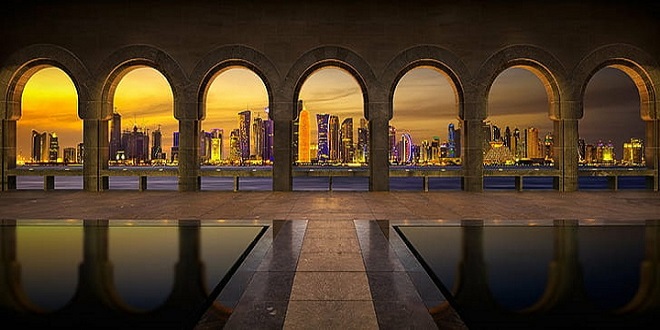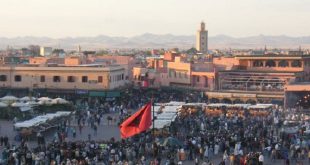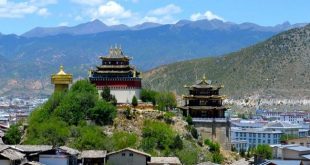Introduction
The brahim Paa Sarayı (Palace of Ibrahim Paa), on the western side of the Hippodrome, is now the Türk ve Islam Eserleri Müzesi (Museum of Turkish and Islamic Art: daily except), an attractive, well-planned museum, containing one of the best-exhibited collections of Islamic artefacts in the world.
The sixteenth-century setting of cool, darkened rooms around a central garden courtyard obviates the need for expensive technology to keep the sun off the remarkable exhibits, which highlight the wealth and complexity of Islamic art and culture. The museum also boasts an excellent courtyard café. The palace itself is one of the few private Ottoman residences to have survived – at least in part – the fires that periodically destroyed large areas of the city.
Much of the building has, however, disappeared. What remains was rebuilt in stone – to the original plan – in 1843. Originally completed in 1524 as a wedding present for brahim Paa, Süleyman the Magnificent’s newly appointed grand vizier, the palace is a fitting memorial to one of the ablest statesmen SULTANAHMET | The Museum of Turkish and Islamic Art 02 Istanbul_1 Guide 1-9 51-172.i73 73 2/26/09 5:18:36 PM 74 of his time, whose abilities were matched only by his accumulation of wealth and power.
His status can be judged from the proportions of the palace’s rooms and by its prominent position next to the Hippodrome: later sultans were to use its balconies to watch the festivities below. Ibrahim controlled the affairs of war and state of the Ottoman Empire for thirteen years and fell from grace partly as a result of the schemings of Süleyman’s wife, Roxelana.
Even so, it doesn’t seem unreasonable that Süleyman should distrust a servant who could say to a foreign ambassador: “If I command that something should be done, and he [the sultan] has commanded to the contrary, my wishes and not his are obeyed.”
The strangled body of brahim Paa was found in a room of the Topkapı Palace. Süleyman the Magnificent ordered it to be buried in an unmarked grave and Brahim Paa’s possessions, not least the palace, reverted to the crown
The museum exhibits
The main concentration of permanent exhibits deals with Selçuk, Mamluk and Ottoman Turkish art, though there are also several important Timurid and Persian works on display. Temporary exhibitions run in the downstairs hall. Labels are in English but are rather brief, so be prepared to do some follow-up reading. The Selçuk Empire, centred in Konya, preceded that of the Ottomans in Anatolia, and it is interesting to trace influences from one to the other.
Ceramic techniques, for example, were obviously well developed by the Selçuks, judging from the wall tiles on display in the museum, and the woodcarvings from Konya also suggest a high level of craftsmanship and artistry, which may have influenced later Ottoman work. Other impressive exhibits include sixteenth-century Persian miniatures, which like many Ottoman works defy the Islamic stricture against depicting human or animal forms.
Pictures in lacquer and leather-bound Persian manuscripts feature a tiger ripping into an antelope and another of a dancing girl dated 1570. The tiny Sancak Korans were meant for hanging on the standard of the Ottoman imperial army in a jihad (holy war) so that the word of God would precede the troops into battle.
The Great Hall of the palace is occasionally devoted to special exhibitions about aspects of Islamic art, but more usually it houses a collection of Turkish carpets that is among the finest in the world. These range from tattered remains dating from the thirteenth century to carpets that once adorned Istanbul’s palaces, some weighing thousands of kilograms.
The End
On the basement floor, there’s an exhibition of the folk art of the Yörük tribes of Anatolia, which includes examples of a kara çadır (literally “black tent”, a domicile woven from goat hair that can still be seen in central and eastern Anatolia) and a topakev (a tent constructed around a folding frame, used by nomads in Anatolia and Mongolia for over a thousand years). There is also a fascinating display of what life was like in a late-Ottoman wooden house in Bursa
 TRUTHREVIEWERS
TRUTHREVIEWERS




